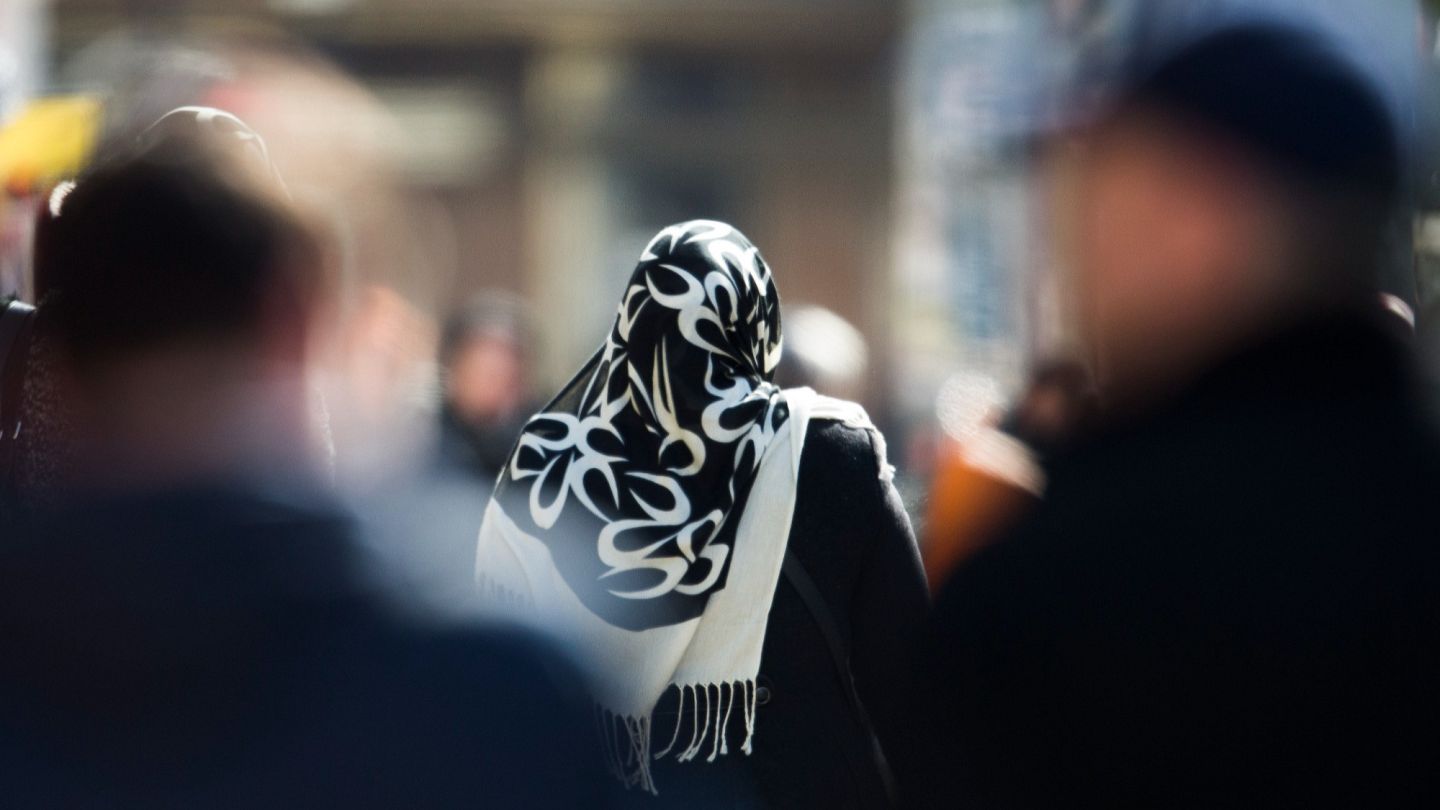From Spain to Sweden: European countries diverge on religious symbols in public office
As Berlin reconsiders its controversial secularism policy, Europe continues to debate the limits of religious expression in public life.
In the heart of Germany’s capital, a heated political debate has reignited over the boundaries of religious freedom in the public sphere.The Bundestag's Green Party group has submitted a motion to abolish Berlin's Neutrality Act ("Neutralitätsgesetz"), a law that prohibits public employees — including teachers, police officers, and judicial staff — from wearing visible religious symbols while on duty.The proposal has thrust Berlin into a larger European conversation about the intersection of secularism, religious freedom, and workplace neutrality.Across the continent, different legal and cultural approaches highlight a lack of consensus on whether religious symbols — most notably, Islamic headscarves and veils — should be allowed in state institutions.In a divided Europe, national identities, historical experiences, and political priorities deeply influence how societies respond to religious expression in public life. From blanket bans in Belgium and France to more permissive stances in Sweden and Spain, the continent's handling of the issue remains a study in contrast.Where some nations have aimed for neutrality, others are prioritising inclusion — and many are struggling to find a balance between the two.Spain: Legal silence, local discretionSpain lacks national legislation on the issue, leaving decisions to the discretion of schools and institutions. In 2013, the Supreme Court backed a Madrid high school's decision to exclude a hijab-wearing student, setting a precedent but not a standard.While Islamic groups have stressed that the Spanish Constitution and a 1992 cooperation agreement together protect the right to wear religious attire, the Ministry of Education has not prioritised national guidance, arguing that such cases are rare and manageable at the local level.France: Secularism as state doctrineFrance enforces one of the continent’s most rigid interpretations of secularism. All public-sector workers — from civil servants to interns — must refrain from expressing religious, philosophical, or political beliefs in any visible manner.This strict neutrality is not just a policy, but a pillar of the French Republic, designed to preserve an impartial public sphere.Belgium: Security and cohesion over visibilityBelgium has implemented some of Europe’s strictest measures regarding face coverings. In 2011, it became the second country after France to ban full-face veils in public, justifying the move on the grounds of public safety and social integration.Though only a small number of women in Belgium wear the niqab or burqa, the European Court of Human Rights upheld the ban in 2017, ruling that it aligned with broader principles of gender equality and public order.Portugal: Legal neutrality, selective applicationPortugal doesn’t explicitly ban religious symbols but permits institutions — both public and private — to enforce neutral dress codes, as long as these are applied uniformly.The aim is to protect employees from religious pressure while ensuring that workplaces remain ideologically neutral.Austria: Expanding the scope of the banAustria followed suit with a 2017 law banning face coverings in public spaces, including Islamic veils and any item obscuring facial features, such as helmets and masks. The government cited public safety and social cohesion.Although a proposal to extend the ban to young girls in schools emerged, the Constitutional Court struck down part of this legislation in 2020, ruling that banning headscarves for girls under 10 was discriminatory.Denmark: A blanket ban on face coveringsDenmark enacted a full ban on face coverings in all public places in 2018. The law, which prohibits any clothing that conceals the face — including burqas and niqabs — has been justified primarily on grounds of public identification and societal transparency.Netherlands: Partial restrictions in key institutionsIn the Netherlands, a 2019 law restricts face coverings in specific public settings — such as schools, hospitals, and public transport — where clear communication and identification are deemed essential.While not a total ban, it reflects a growing inclination toward regulating religious expression in state spaces.Italy: A law from another eraItaly does not have a specific ban on religious dress, but a 1975 anti-terrorism law prohibits face coverings in public.Though originally unrelated to religious attire, this law has occasionally been invoked to restrict the niqab and burqa in certain public or security-sensitive environments.Sweden: Freedom first, local pushbackSweden has no national ban on religious attire, and the veil remains permitted across public life. The national approach favours individual rights, though some municipalities have attempted to impose school-specific restrictions, citing integration and gender equality. These moves have sparked debate but have not yet reshaped national policy.Greece: Legal protections with practical limitsGreek law offers robust anti-discrimination protections based on religion across employment and public services. Yet, practice has sometimes told a more complicated story. In one 2022 case, a hospital barred a nursing student from wearing a headscarf during her internship, citing uniform regulations.The Greek Ombudsman ruled the policy did not violate anti-discrimination laws, framing it as a dress code issue, not a religious one.Bulgaria: A ban with exceptionsBulgaria introduced a nationwide ban on face coverings in public in 2016, citing security and societal cohesion. While the law allows for health or occupational exceptions, it reflects broader efforts to regulate visible expressions of Islamic faith. The hijab, which leaves the face uncovered, remains permitted and is still commonly worn by Muslim women across the country.


